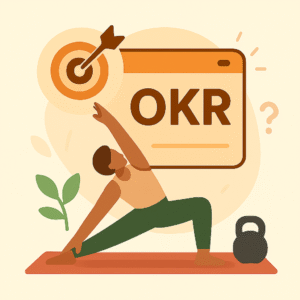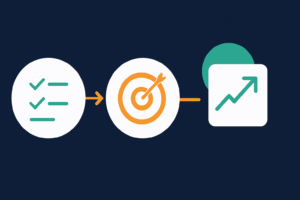Introducing business agility to an organization can have a lot of benefits to a company’s bottom line. It can increase revenue, profitability, and employee retention rates. Among these improvements, one change that can often heavily and rapidly affect a company’s bottom line is reducing the cost of delivery.
Business Agility enables a company to reduce cost of delivery through:
- improving its delivery processes
- becoming more deliberate with its projects
- having a willingness to stop
Improving delivery processes
The main improvement an organization can make to its delivery processes is automation. Automating menial tasks reduces the overall time it takes to reduce delivery time by freeing people to work on other parts of the project. This is especially true in smaller teams where manpower is limited.
Focusing on reducing waste in the system is sometimes referred to as reducing toil. This is a key aspect of adopting Site Reliability Engineering (SRE) practices. Work done to reduce toil can have a considerable impact on your ability to reduce the cost of delivery.
It is important when assessing how to improve delivery processes that we don’t focus solely on speed and efficiency. Sometimes writing a script to remove a manual task could be better solved by investing the time in a more effective solution that addresses the root cause of the problem.
Equally, not addressing the cost of delivery while improving the speed of delivery is a costly mistake. For this reason, Business Agility encourages considering the whole system when looking at where to improve.
Being more selective with projects
Agile as a philosophy focuses on what the customer wants. If an organization wants to reduce the cost of delivery, they have to cut projects that aren’t necessary to the consumer. By focusing resources on a project that meets an immediate consumer pain point rather than one that may or may not, a company will reduce its overall cost of delivery.
An effective Agile organization doesn’t just say “Yes, and…” to every idea. They have to start ones that meet an immediate consumer need and deliver a small piece of value quickly. By doing this, they can test the validity of their assumptions and determine whether to continue investing in that product or service.
Understanding where to invest and focusing delivery efforts there rather than trying to solve every problem is the goal. One approach to this is understanding your value streams and creating alignment across them.
Willingness to stop
Sometimes a project can simply take too long to finish. In a situation where the need of the customer is no longer there, it can sometimes be more beneficial to move on to the next project instead. Agile companies have to be able to let go of projects, even ones that are midway through, to meet the immediate needs of the market. It’s important that a company can drop a project even if they’ve put a significant amount of resources into it.
Unfortunately, the sunk cost fallacy is one of the biggest problems that companies face. We naturally think that they have to see every project through to the end, even if it’s no longer needed by the customer, just because of how much work and resources they’ve put into it. Agile companies have to be able to drop these projects or products when necessary no matter the amount of effort they’ve put into them. Otherwise, they’re sinking resources into a delivery that might not see sufficient returns to cover the costs.
Conclusion
Overall, reducing the overall cost of delivery is about
- removing waste from the delivery system by continually investing in improving how you deliver.
- focusing your delivery work by creating greater alignment
- being willing to stop working on an initiative and change direction when necessary
If you want to learn more about how business agility reduces the cost of delivery, check out the Definitely, Maybe Agile podcast’s episode on the topic here.
Sign up for our free newsletter today and learn how to improve your business agility to grow your bottom line!




